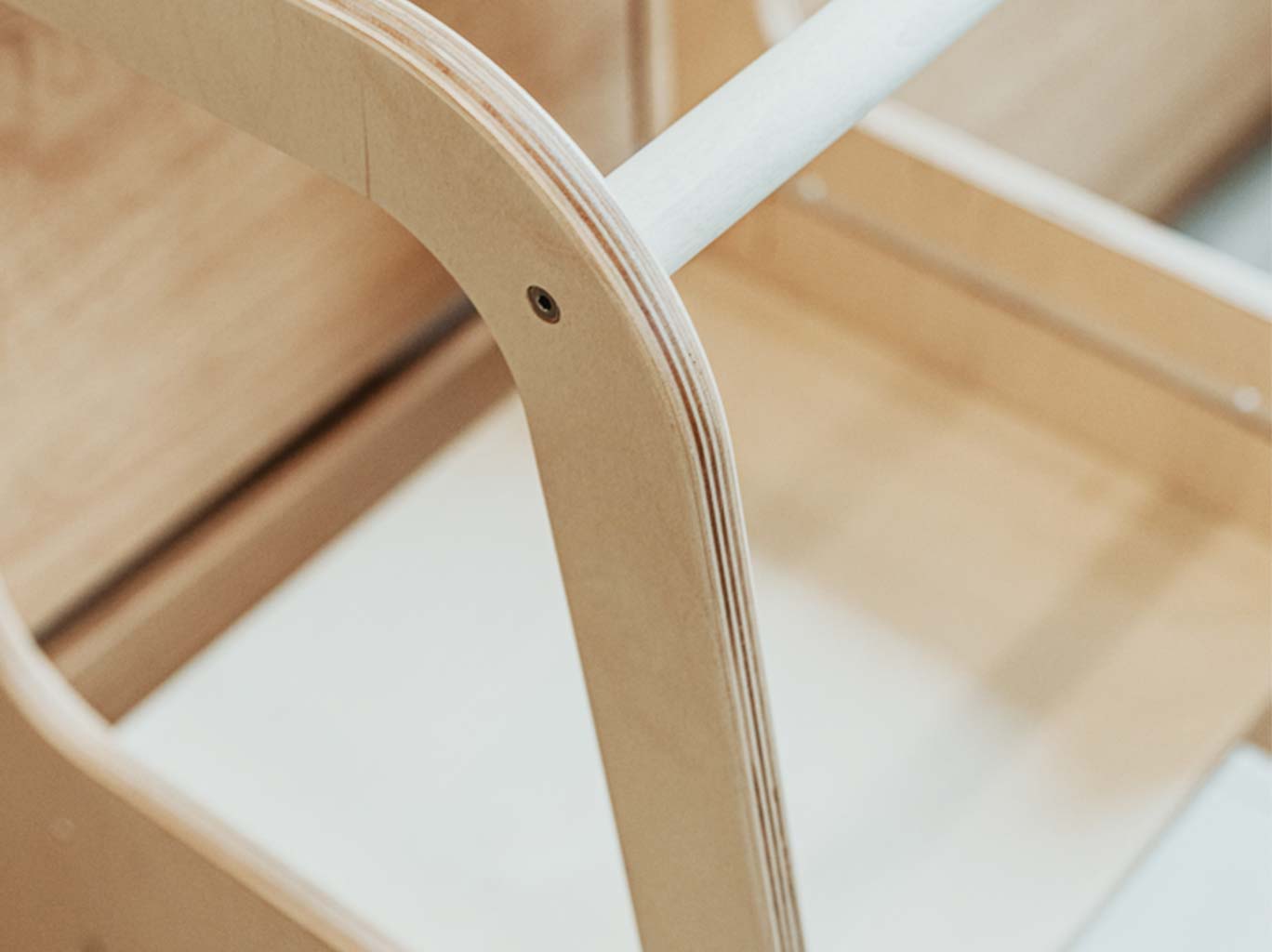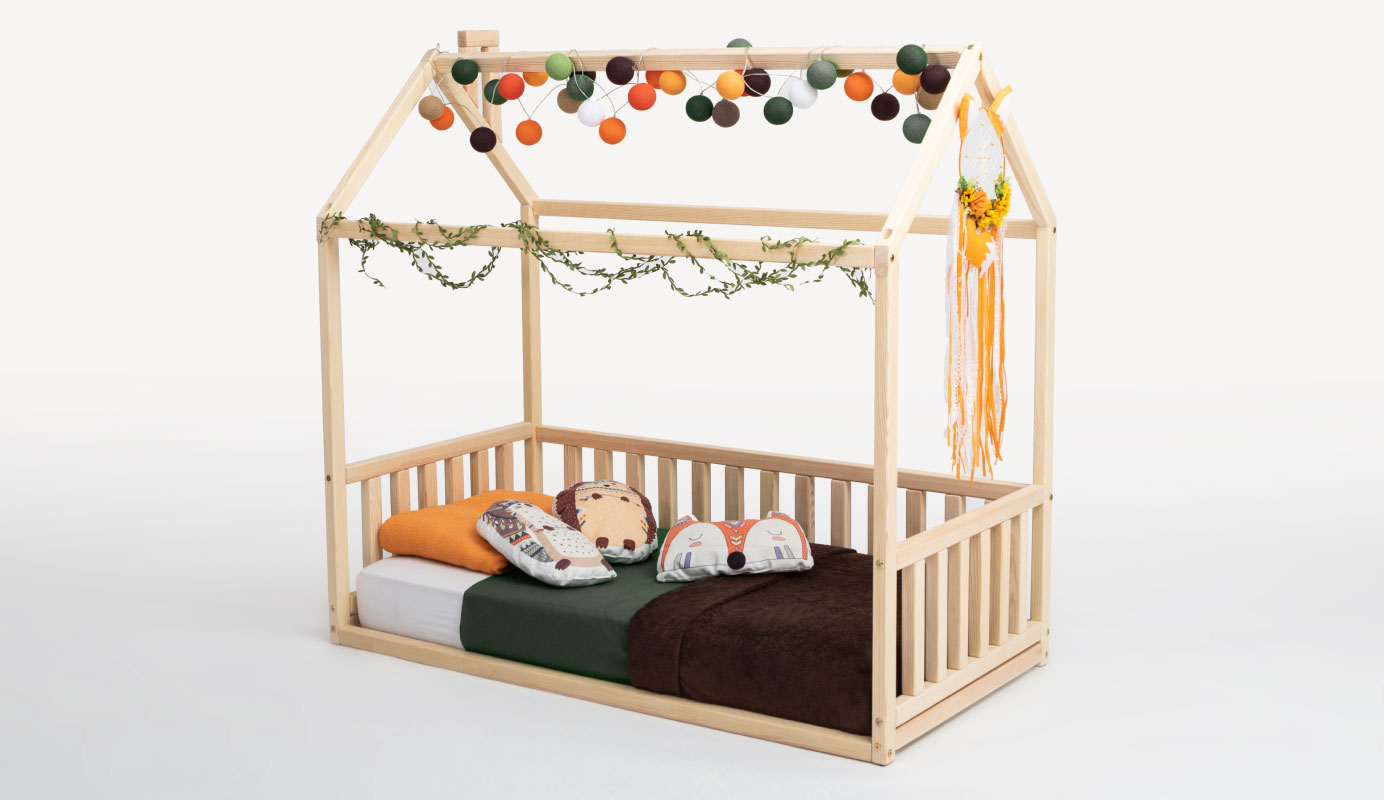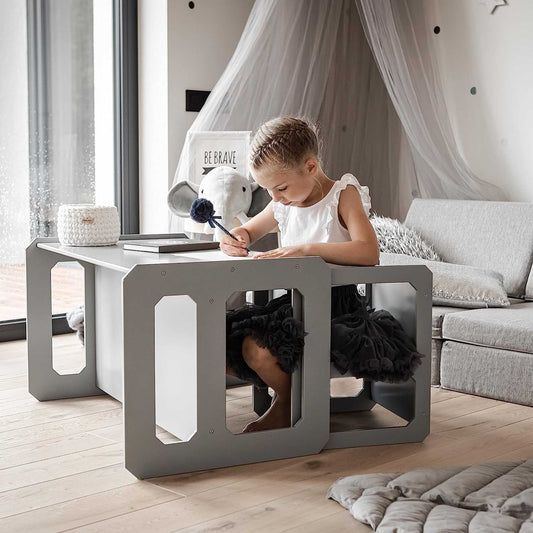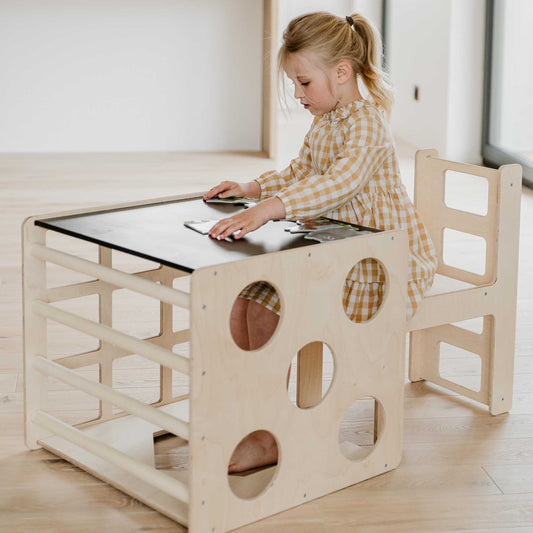-

 SaleBest seller
SaleBest sellerMontessori weaning table and 2 chair set
Regular price €273,95 EURRegular priceUnit price per€496,95 EURSale price €273,95 EUR
-
Montessori weaning table and chair set
Regular price €189,95 EURRegular priceUnit price per€343,95 EURSale price €189,95 EUR
-
Montessori weaning table
Regular price €208,95 EURRegular priceUnit price per€208,95 EURSale price €208,95 EUR
-
Montessori weaning chair
Regular price From €165,95 EURRegular priceUnit price per€165,95 EURSale price From €165,95 EUR
-
Table with a hutch, Pedestal desk
Regular price From €540,95 EURRegular priceUnit price per€720,95 EURSale price From €540,95 EUR
-
House-shaped toddler desk
Regular price From €270,95 EURRegular priceUnit price per€270,95 EURSale price From €270,95 EUR

-
2-in-1 table and chair set or activity cube
Regular price €352,95 EURRegular priceUnit price per€352,95 EURSale price €352,95 EUR

Types of tables and chairs

Table and chair use cases

Made from Baltic birch plywood

Hey, we’re Gunita and Martins
Explore more products
The fun doesn't end here
-
Kitchen towers
Our best-seller on Etsy, with 3,000+ reviews. Find the best toddler step stool for your child's first steps of independence

-
Weaning table, chairs and desks
Made in Northern Europe. Ergonomic and developed with your child’s needs in mind

-
Clothing racks
Made in Northern Europe, these easy-to-reach clothing racks will help your child dress independently

-
Play sofa
One mat transforms into 40+ different shapes. Boost your child's creativity and gross motor skills with our transformable play sofas

-
Children's beds
A crowd-favorite on Etsy with 50,000+ products sold, created to encourage independent sleeping. Made from solid pine or birch wood

-
Climbing triangles and indoor gyms
An Etsy star seller with 7,000+ reviews. Unleash creativity and work out important muscle groups through fun exercise

-
Shelves and doll houses
Functional and fun storage solutions for the little one's space

-
Pegboards
Loved by 50,000+ families around the world. The perfect storage solution that fits your space























